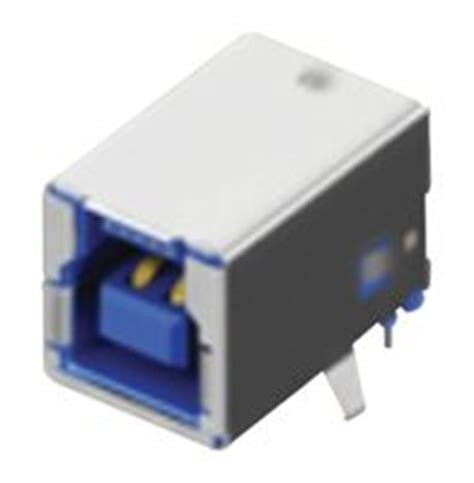Dude I am known for uninstalling apps and programs that does that to me. . . . I already regret installing zoom and adding it on my tablet, now I get daily emails from them even tho I have unsubscribed so many times from all communication
Find it and kill it
Is image ghosting a sign that my TV is on its way out?
I have acquired a 4TB external drive (a Seagate HDD) that I want to use for media storage. I’m in the process of partitioning it so ye olde Windoze doesn’t throw a hissy fit every time it tries to read from it. I’m curious if there would be any advantage to keeping different media on each of the partitions, or if filling it from Partition 1 to Partition 3 would make a difference.
Movies on Partition 1 | Series on Partition 2 | Music and Pictures on Partition 3 for example. If I want to watch a movie, while the Mrs wants to watch an episode of something, and the Miss wants to listen to some study music all at the same time, would a drive be able to handle all of that at the same time, and if so which would be less stressful - reading the drive from the same basic area in Partition 1 or from three different partitions?
Too bad Windows doesn’t do LVM2. I’m not sure how well Windows handles resizing partitions these days, but if you do decide on multiple partitions, you could do 500GB each partition, and then extend one as it gets close to full. Last thing you want is to fill your movie drive but be left with 75% free space on series.
But honestly, I can’t see any reason not to just do 1 big partition. The HDD will be the same bottleneck as if you had it plugged in via SATA (more or less) if you’re using USB 3.
Even if you’re watching 4k video, you should still be able to play music fine.
Agreed with @murfle. Segregating your files into different pockets are what folders are for. Partitioning is for ensuring a specific portion of a drive is allocated to one function, ie. movies will have 2 TiB available or else, or movies can’t have more than 2 TiB ever.
Using different partitions will not improve performance. It’s still on the same physical disk so it’s only one drive head doing the reading/writing. If I have to venture a guess, multiple partitions will have multiple partition tables, which could increasing the seek-time between files on different partitions.
Windows should not be throwing a hissy fit with a 4GB NTFS partition, so might as well use 1 partition with movies, series, music, etc. folders.
im also very curious why windows (unless its windows xp or something) would throw a fit. Are you forcing the drive to be partitioned as MBR?
If so…may I ask why?
There really is no practical reason in this instance to be making multiple partitions instead of as others here have said, just different folders. You are definitely at a risk of LOSING performance, theres no way you GAIN any by having multiple partitions on the same drive.
Zero technical reasons whatsoever - just me and my OCD.
It’s also probably a little residual anecdotal memory specific to my machine too. I used a similar unpowered 2TB drive on it a while ago and remember that drive regularly disappearing from my drive lists. It was either a poor connection, a faulty USB port, or just a loss of power perhaps.
But with that logic if it “disappears”, then all the partitions would disappear 
i’d say (if you have the sata ports and dont plan on it being mobile storage, ie always plugged into same thing) rip it out of its enclosure and stick in in the pc. end of problem 
obviously that doesn’t apply if you’re plugging it into a small media center type setup…
format c:
I know. I didn’t say it made any sense! 

I like the idea of maybe putting it into the case on a more permanent basis. Will have a think about that…
Question: if my screen is connected via the DP source, and the screen has USB ports on the side, should this then detect any USB device connected to the screen?
Depends on the screen, but usually no.
Don’t think so. Screen should have a USB port as well that needs to connect to you PC. Might be something like the USB port on a printer.
Ya, would probably be a USB type B connector. The one’s on printers would be a max of USB 2.0.
If there’s a port like this

it’ll be USB 3 capable, but the cable has to also be USB3 type B, or you’ll only get USB 2 speeds
What browser are you using?
And why aren’t you using Chrome?
